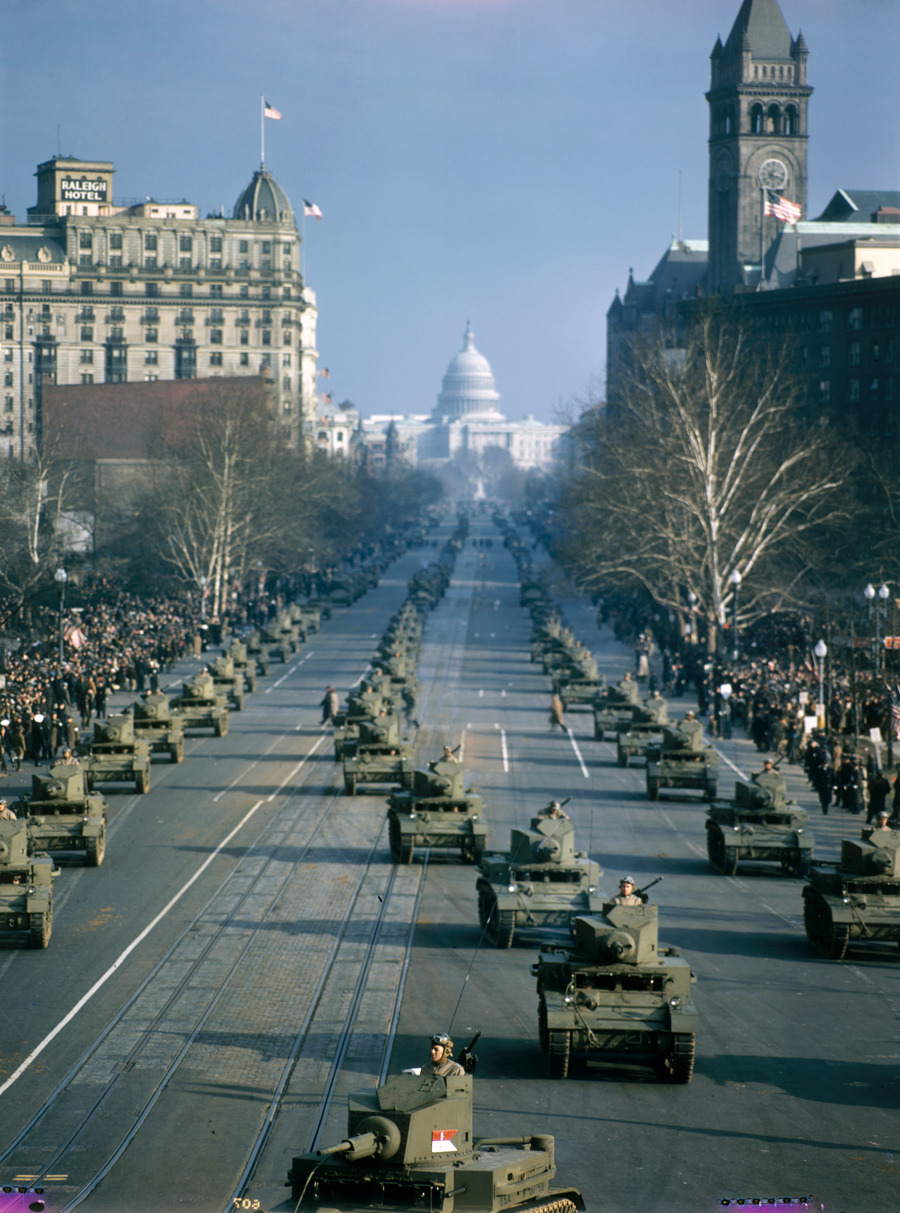The collapse of the Soviet Union is one of those exceedingly
complex events that seems to lie beyond the realm of basic understanding. Despite being one of the most momentous historical developments in
the modern era, it is commonly explained in a pseudo-historical fashion, full
of half-truths and outright misconceptions (Sorry, true
American patriots, but Ronald Reagan didn’t single-handedly bring about the
demise of the “Evil Empire.”)
 |
| Daggumit. |
So how does a global superpower with a nuclear arsenal large enough to blow up the world many times over simply dissolve? Well, the explanation is multi-faceted, but can be explained through three main points:
- "Cultural Thaw"
- Protracted Economic & Political Stagnation
- Destabilizing Reform
"Cultural Thaw"
If Joseph Stalin ruled with an iron fist, Nikita Khrushchev ruled with a leather shoe.
In his effort to bring about "socialism with a human face," Khrushchev temporarily relaxed state-imposed censorship during his reign as General Secretary of the Communist Party in the 1950's and '60's. His principle objective in doing so was to push forward the "De-Stalinization Campaign," which denounced the Great Purges, Industrialization, and other inhumane aspects of the Stalinist regime. More than doing that, Khrushchev's unprecedented openness proved that the Soviet system could be safely challenged, at a time when reform-minded Soviet youths, including future General Secretary Mikhail Gorbachev, were coming of age.
Protracted Political & Economic Stagnation
The state's growth vegetated under Brezhnev, who suffered multiple strokes while in office.
Khrushchev wasn't without his critics, and after a series of unsuccessful reforms, he was removed from power by the Communist Party Secretariat in 1964. Under Leonid Brezhnev (see: Great Moments in Mustaches) and a series of gerontocrats (read: Geezers), Soviet political and economic life had quietly ground to a halt by the 1980's.
- As much as 30% of the GDP was committed to military expenditure, causing the consumer & technology sectors of the Soviet economy to remain in infancy.
- The "advanced" industrial sector was inefficient & obsolete. Factories built during Stalin's First Five Year Plan (1928-32) continued to operate, and did so according to quotas based on the weight of their products, not on their profits.
- From 1973-85, a lopsided 80% of Soviet earnings relied upon energy exports- which were sustained by the discovery of vast oil reserves in Siberia during the 1960's (Kotkin 15).
The Soviet economy failed to keep pace with those its capitalist contemporaries in the West, which had undergone unprecedented economic growth following World War II. The tenets of socialism held that it was a fundamentally superior system to capitalism, yet the stagnation of the Soviet economy suggested that system required change.
Destabilizing Reform
Mikhail Gorbachev came into power in 1985 with the aim of initiating radical economic & political reforms to make socialism live up to the ideals of the October Revolution. Those sweeping liberal reforms came to be known as Glasnost and Perestroika, and had disastrous implications for the Soviet Union.
- Glasnost, or "openness," eased censorship once again. It discredited not only Stalin, but the entirety of Soviet socialism by revealing the political & economic inefficiencies of the Soviet Bureaucracy to the general public.
- Perestroika relaxed the planned economy, but without first introducing the market mechanisms needed to compete with advanced capitalist economies. The most advanced sectors of the economy (defense & heavy industry) were downsized, and Soviet industrial output plummeted.
- To make matters worse, global oil prices sharply declined in the 1980's, submerging the oil-dependent Russian economy into an outright recession. Faced with crippling shortages, the USSR became reliant on foreign loans for importing goods that it could not afford.
- Ever since the Russian Civil War, which immediately followed the October Revolution of 1917, a dual administrative structure existed within the USSR. The bureaucracy of the party grew alongside that of the state, acting as a central control mechanism for maintaining the unitary structure of the Soviet Union.
- In 1989, Gorbachev disbanded the Communist Party Secretariat- replacing the unitary structure with a federalized one, which emphasized the state powers of the constituent republics of the Union.
- With the socialist ideology of the Soviet Union discredited by Glasnost, the planned economy disrupted by Perestroika, and no central control mechanism in place, the Union Republics began to act as independent states.
_________________________________________________________________________________
Kotkin,
Stephen. Armageddon Averted: The Soviet Collapse, 1970-2000. New York:
Oxford University Press, 2003. Print.













